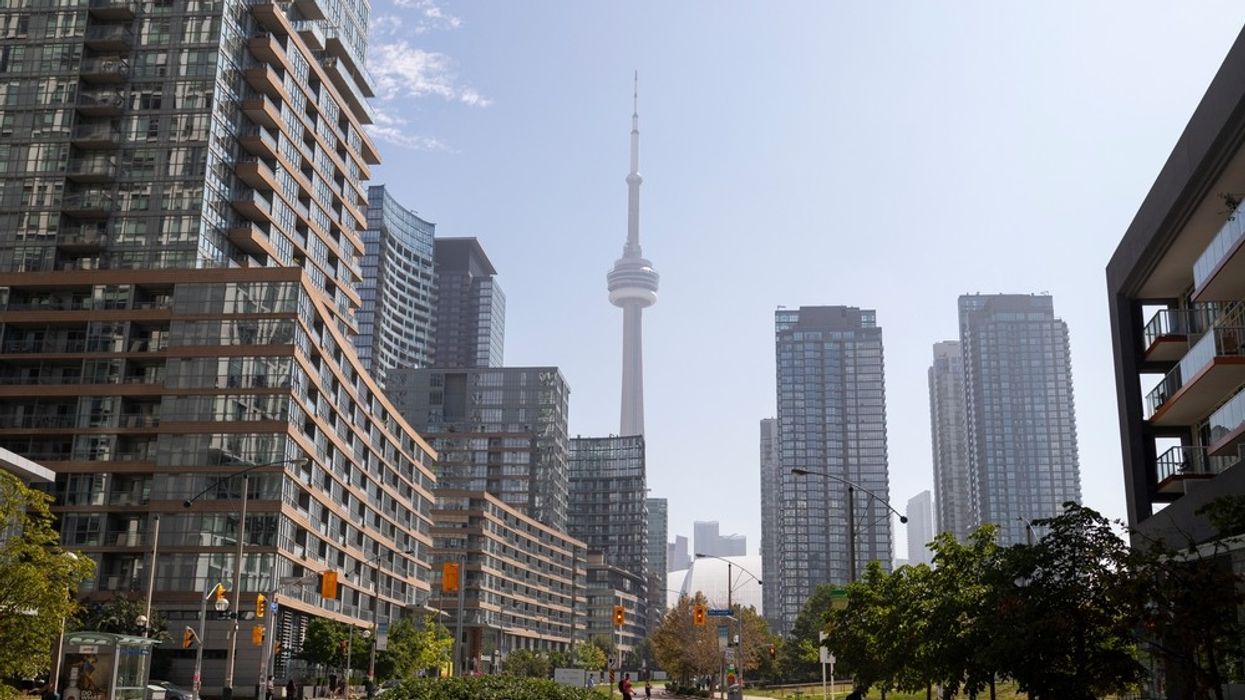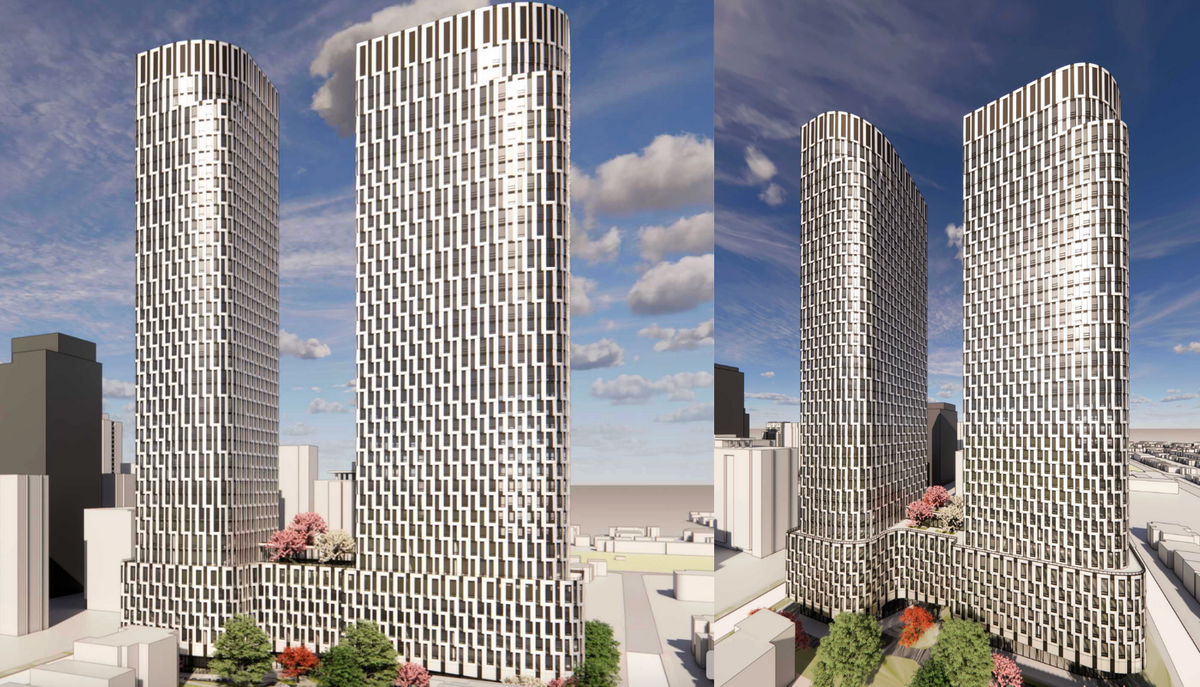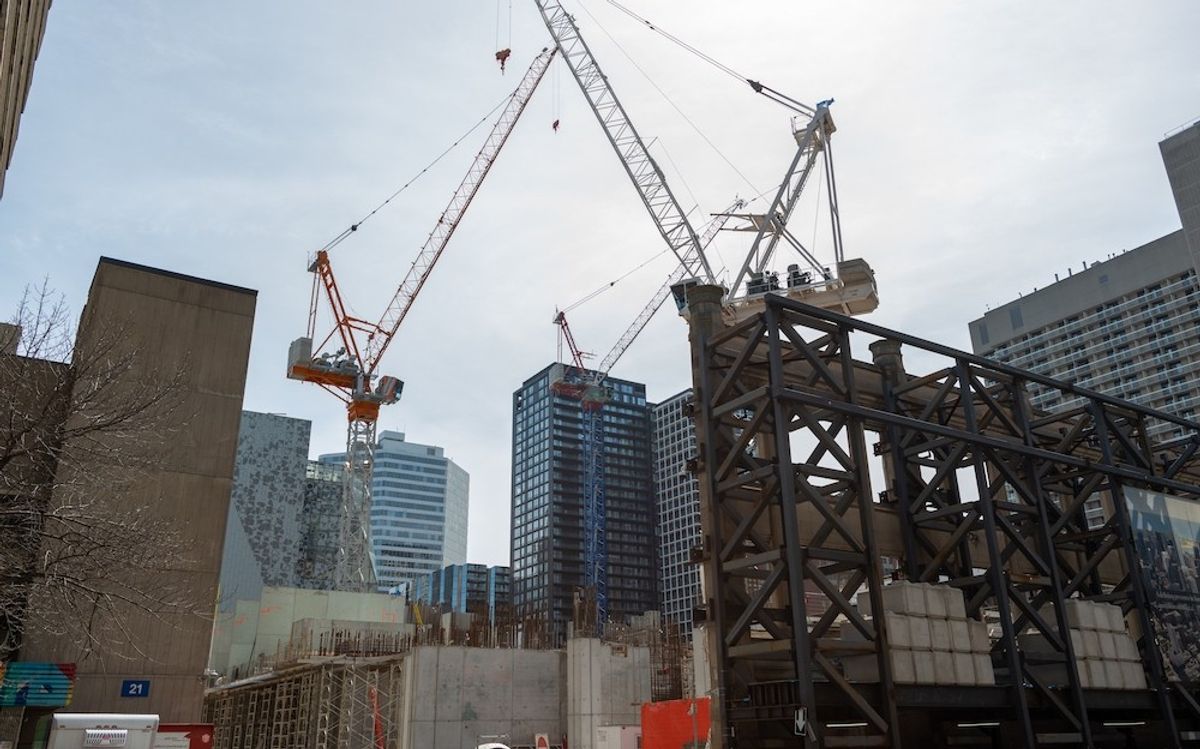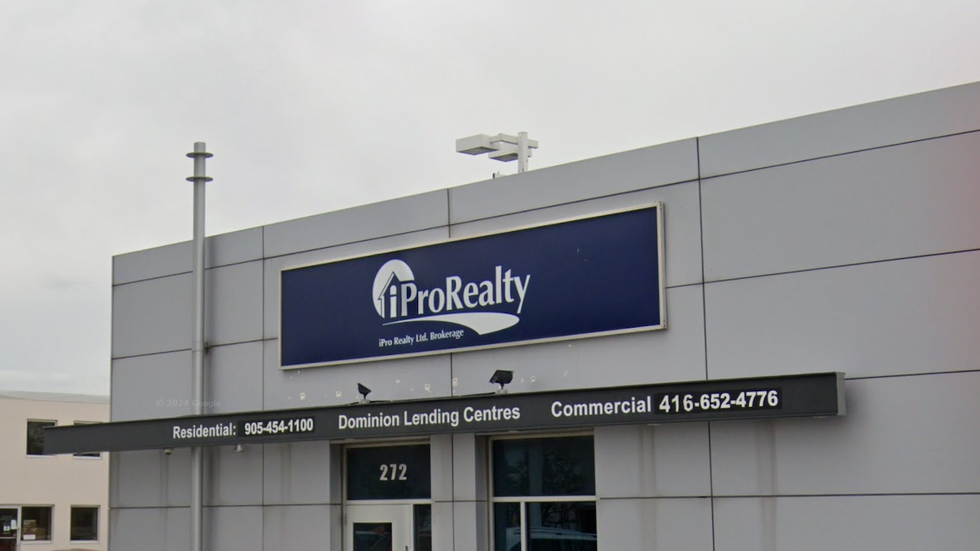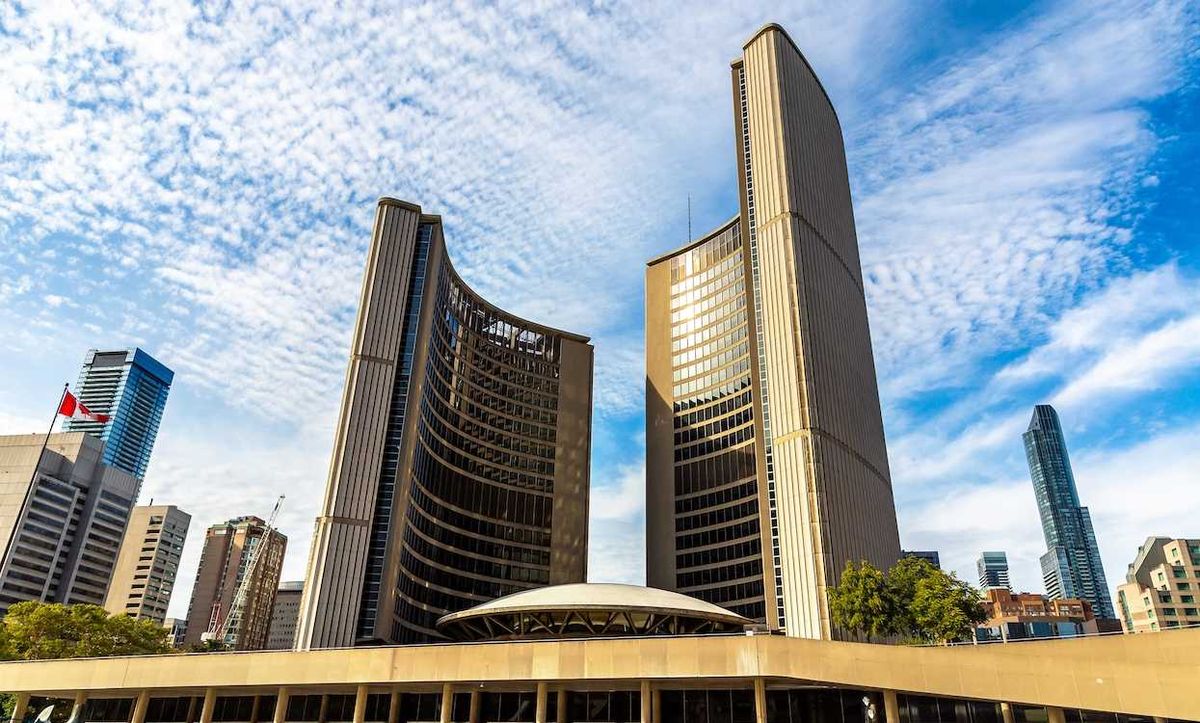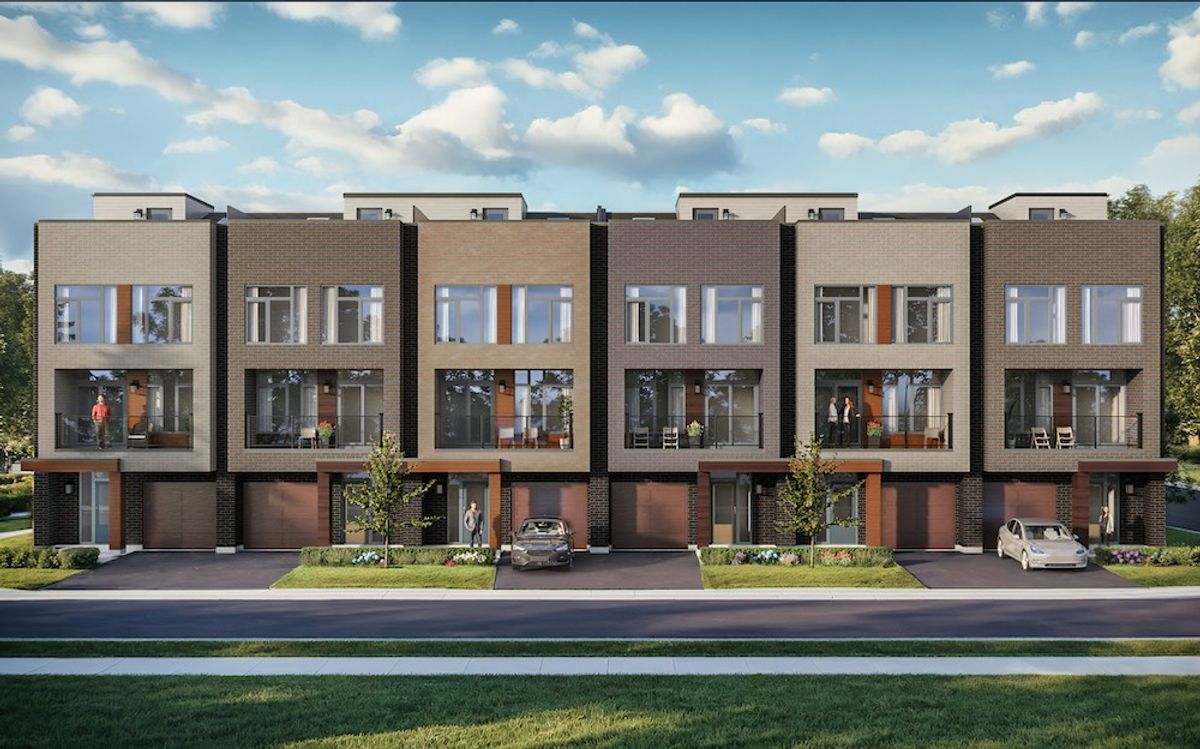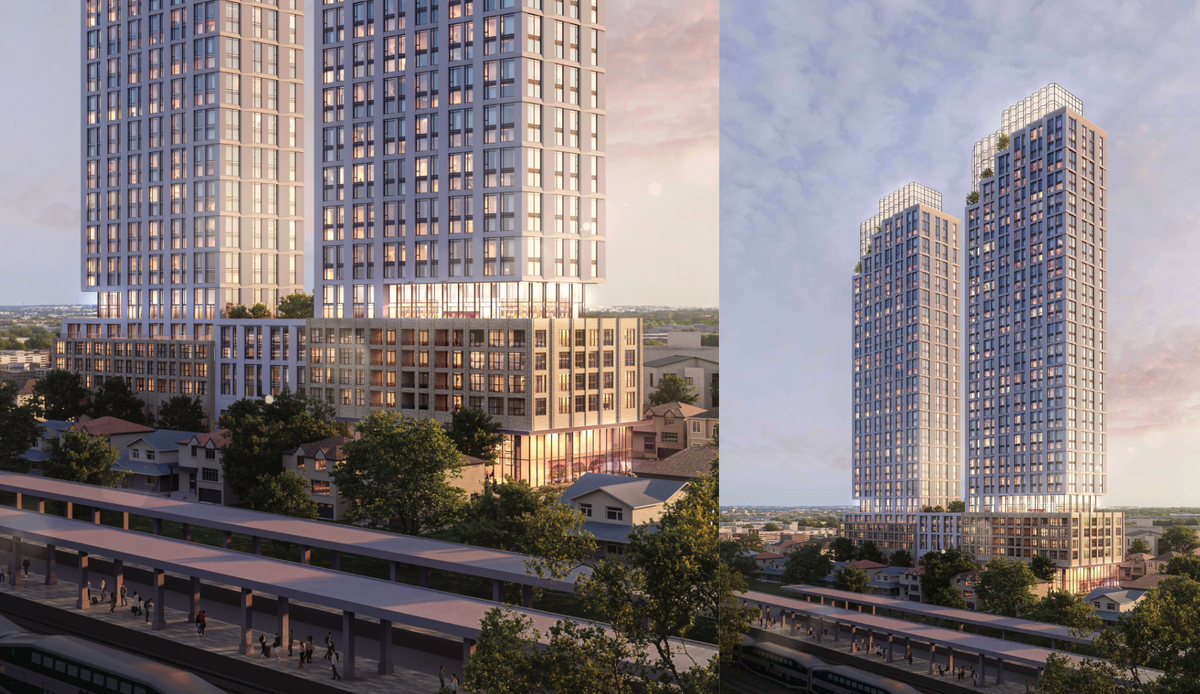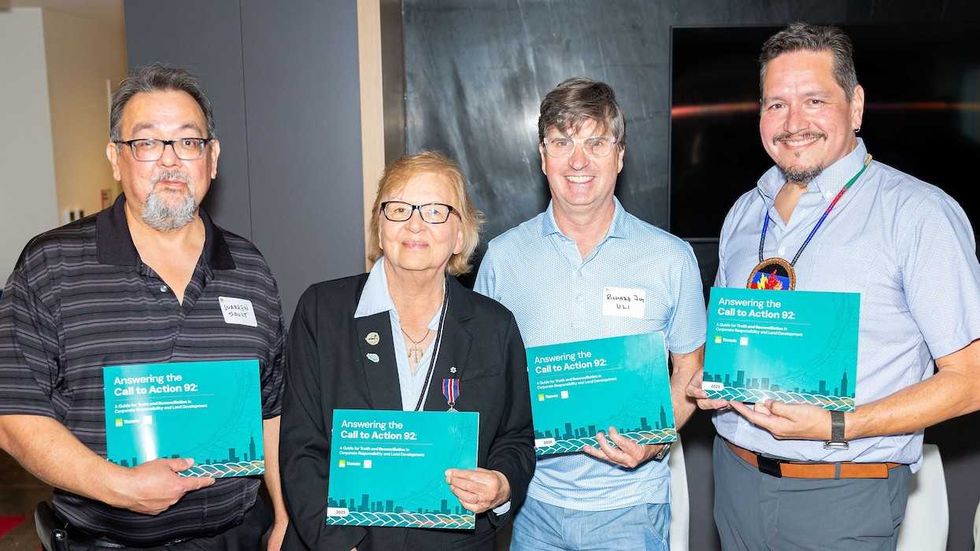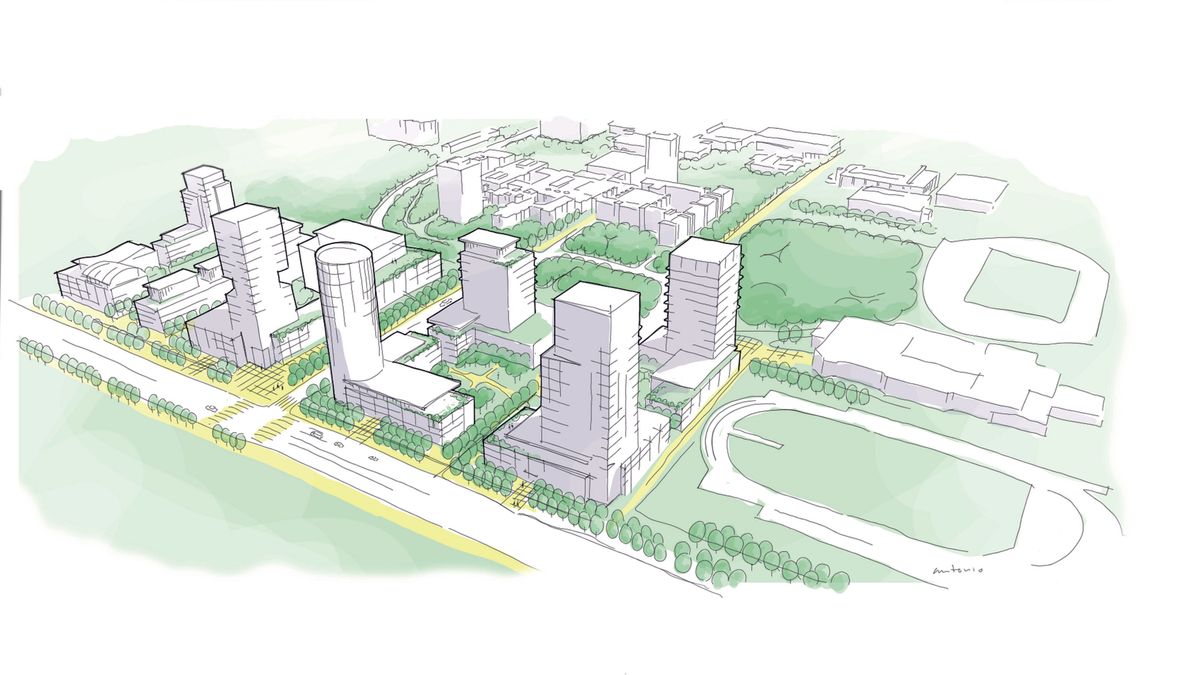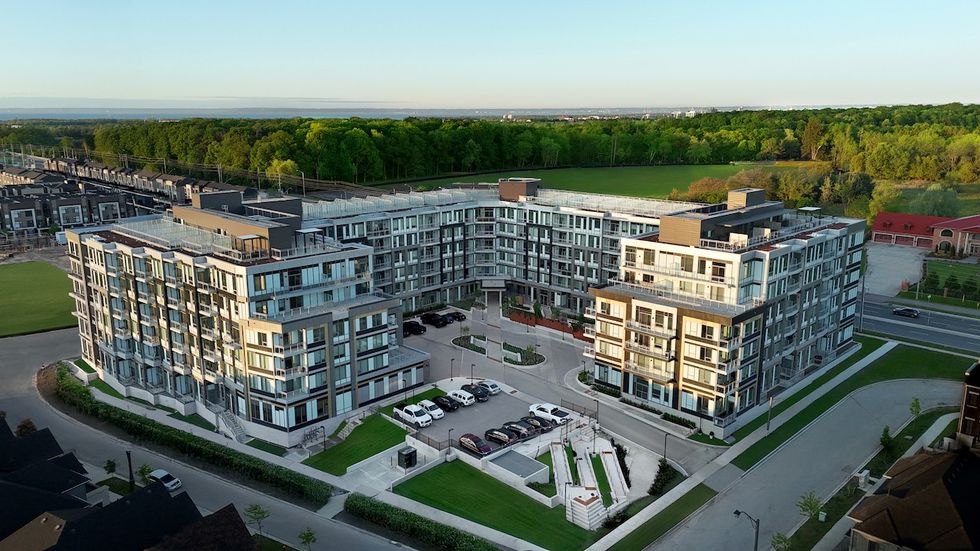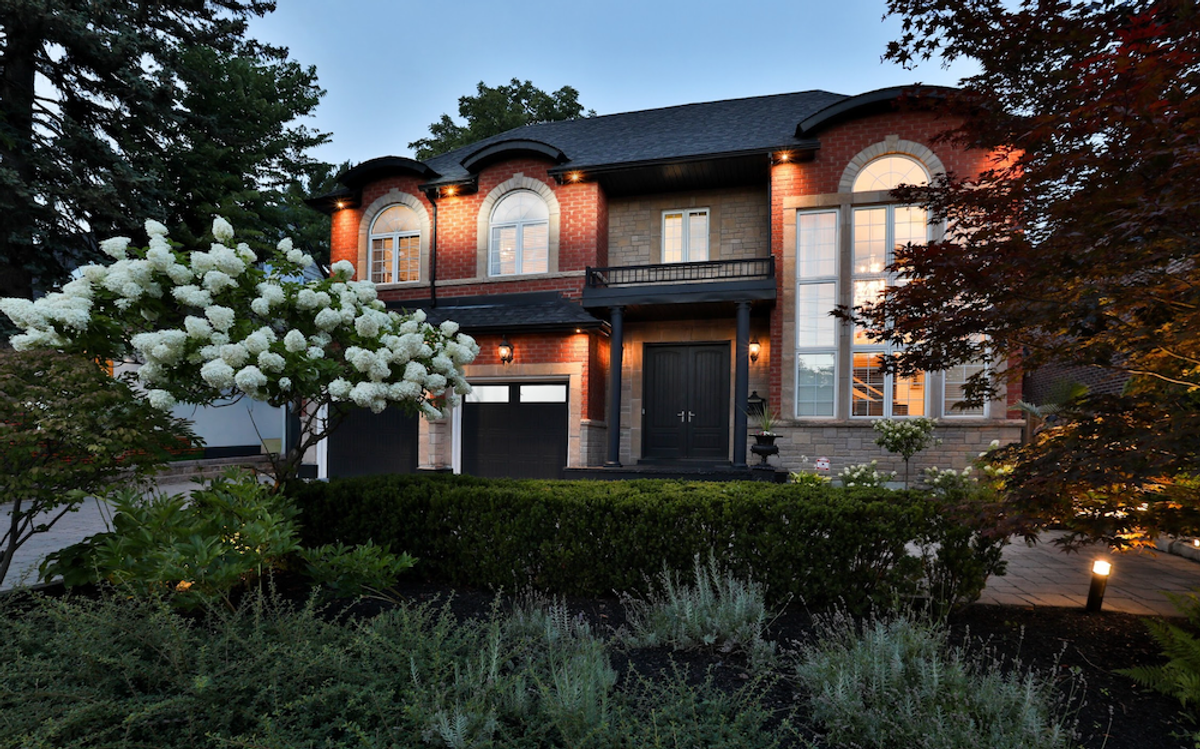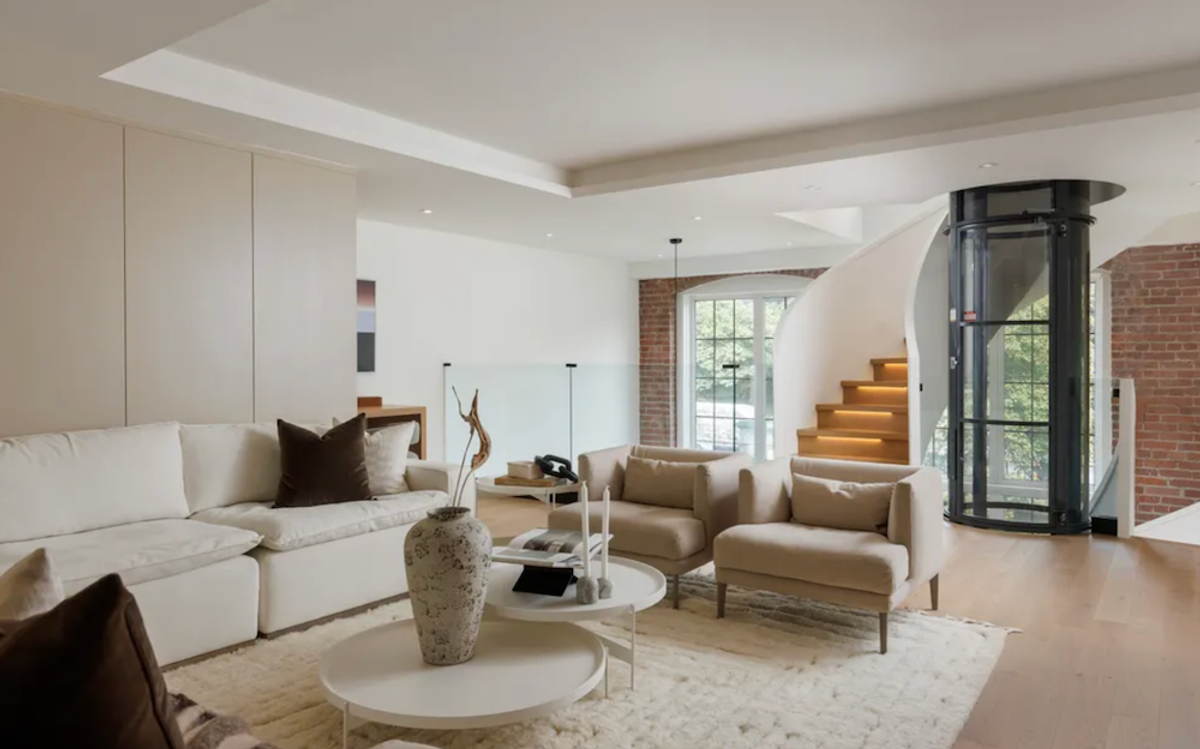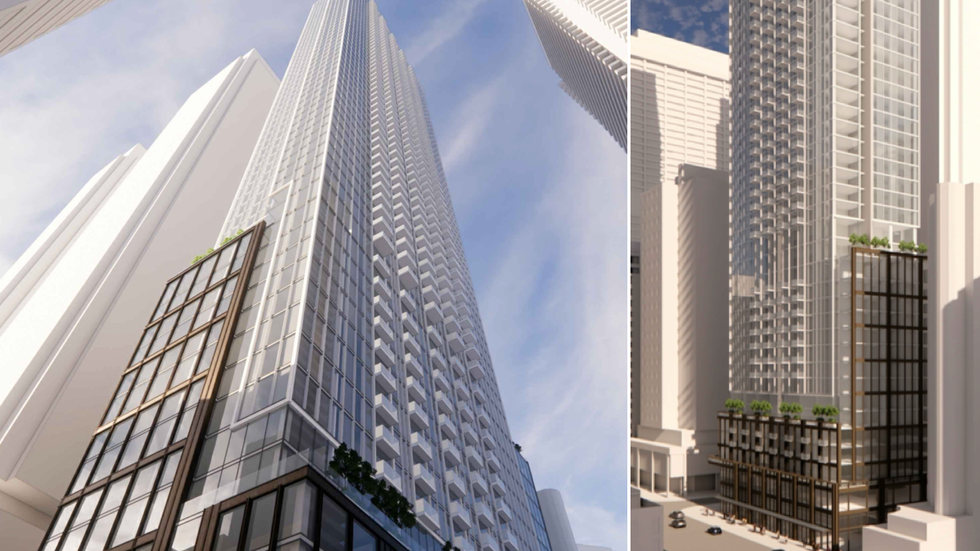This article was written and submitted by Richard Witt, an architect and principal at BDP Quadrangle where he tries to fill every half empty glass.
Niccolò Machiavelli famously said, “Never waste a good crisis” — a sentiment also often (though apocryphally) attributed to Winston Churchill. The core idea is the same: crises, for all their disruption, are also moments of immense opportunity. They strip away illusions, expose systemic flaws, and force us to re-evaluate long-held assumptions. And if there is any local crisis ripe for examination — and perhaps, transformation — it is the current state of the Toronto housing market.
The situation is not merely a housing shortage or a dip in the market — it is a deeply rooted structural issue that has evolved over decades. To call it a crisis might be an understatement. As crises go, for those of us in the industry it’s becoming a very big one, you could say the Mount Everest of crises. Headlines have become routine: ballooning condo inventory, plummeting sales figures, increasing numbers of project cancellations, and a persistent affordability gap. Charts and graphs, once tools for understanding, now resemble seismographs recording an ongoing quake — Richter scale number to be determined.
But despite the dire signals, it's worth remembering the journey that brought us here — a wild, exhilarating ride through two decades of unprecedented urban transformation. From the early 2000s to the mid-2020s, Toronto experienced a construction boom that reshaped its skyline and identity. Except for a brief pause in 2008 during the global financial crisis, Toronto saw relentless growth, outpacing virtually every North American city in crane counts and new builds. The city expanded vertically and horizontally, and the result was a Toronto unrecognizable to those who remember its quieter, low-rise character of the 20th century. Much of that older Toronto now exists primarily in memory or on nostalgic Facebook pages dedicated to "Historic Toronto."
One major byproduct of this boom was the over-commodification of housing. Once rooted in the idea of shelter and stability, housing became increasingly viewed as an investment vehicle. Speculation took hold of the market, displacing traditional buyer groups — end-users and long-term rental investors. The cost of living became alarmingly disconnected from the cost of new housing being produced. Condos increasingly functioned as financial instruments, with floor plans, pricing tiers, and amenities shaped more by return-on-investment models than by liveability.
That speculative fervour is not just cooling, it’s practically frozen. Towers that once sold out in hours now linger on the market. Projects are being delayed, if not shelved entirely. With the market recalibrating, it’s time to return to fundamentals. The opportunity, the need, remains building homes — not just assets. This shift opens the door to a more merit-based sales environment, one that encourages developers, architects, planners, and policymakers to focus on delivering the right product, in the right location, at the right price point. Quality, functionality, and community integration will once again become core criteria for successful product.
At its heart, a city functions best when it responds to the diverse needs of its residents: families, first-time buyers, students, seniors, and newcomers alike. When growth and development are guided by the goal of supporting vibrant, inclusive communities, the result is a healthier, more resilient urban environment. It also includes encouraging architectural variety and supporting a greater range of housing types, including mid-rise and “missing-middle” buildings that enrich the fabric of our neighbourhoods and main streets.
At the same time, we must recognize and respect the economic foundations of the housing ecosystem. Developers, builders, planners, and consultants play a central role in shaping our cities, and they have all continually adapted to evolving market conditions. Like any profession, they operate within models that must remain viable. The opportunity now lies in aligning those models with broader social outcomes, where financial feasibility and public value go hand in hand. The industry supports thousands of jobs and enhances the city tax base. Evolving those models to meet current and future conditions — by aligning financial feasibility with social value — is the opportunity.
By working collectively to meet these shared goals, we can turn today’s housing challenges into a foundation for lasting, positive transformation, where the people who live in our cities and those who help build them both benefit. When we succeed, we won’t just have weathered the crisis — we’ll emerge stronger, more resilient, and more equitable. We'll look back and realize that we turned this moment not into a setback, but into a springboard for a better kind of urban future. A future in which having somewhere great to live is the backbone of a successful city.
And when that’s the result — more and better housing options — we’ll know that this crisis hasn’t been wasted.
